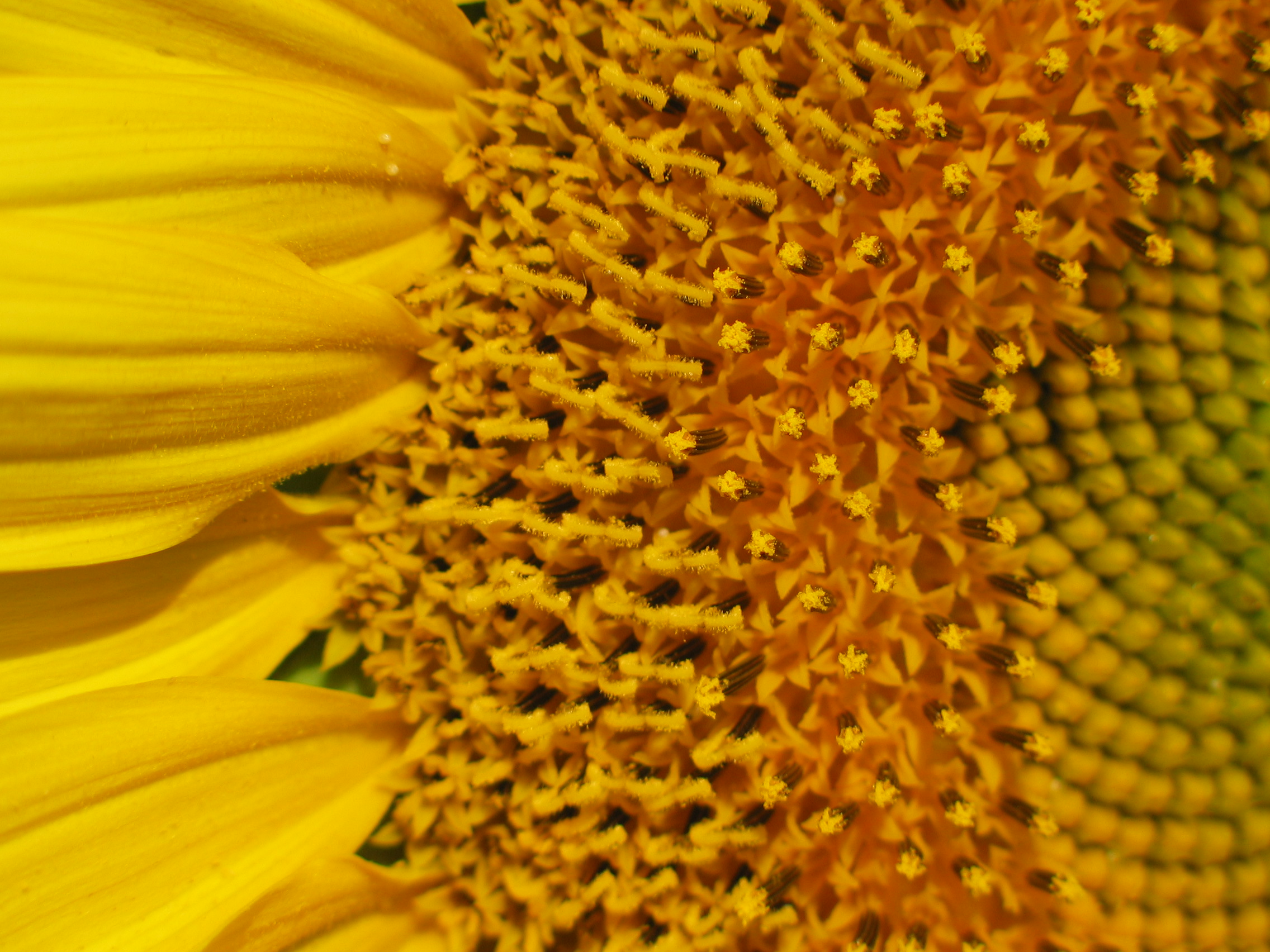Harebell (Campanula rotundifolia). Photo by H. Zell licensed under CC BY-SA 3.0
Pollination is the key to success for any sexually reproducing plant. The movement of pollen grains from one flower to another is a way of ensuring genetically diverse offspring. Plants have many different ways of maximizing the chances that their pollen will end up on an unrelated individual rather than their own flowers. There is no one size fits all strategy after all. I only recently learned of an incredible pollination mechanism that is used by bellflowers in the genera Campanula and Campanulastrum and it involves moving hairs.
The bellflowers utilize a strategy called secondary pollen presentation to minimize the chances of pollinating their own flowers. What this means is that pollen is locked up in the anthers until the style elongates and drags the pollen with it. The process is aided by the fact that bellflowers styles are covered in hairs that collect the pollen as it elongates. Essentially, the style acts like a tiny pipe cleaner, emptying the anthers of the pollen they contain. The stigma itself will not become receptive to pollen until most of its own pollen has been removed. But how does the plant “know” when this happens? The key to this lies again in those hairs.
(1) Immature stamen surround the style; (2) elongation of the style by which the anthers dehisce and pollen grains are swept on the stylar hairs of the immature style; and (3) further outgrowth of the style, anthers are withered. [SOURCE]
The hairs that cover the style are sensitive to touch. When an insect lands on the style and begins collecting pollen, its movements send a signal to cells at the base of each hair that causes a change in how they store water. When triggered, these cells expel water, causing them to shrink. As they shrink, the hairs are gradually drawn down into pockets or cavities within the style. As they do this, pollen either drops off or is taken down into the cavities with the hairs.
Pollen collecting hairs on 1) Campanula barbata; 2) Campanula kremeri; 3) Campanula dichotoma; 4 - 6) Cavities in which pollen collecting hairs have retreated. [SOURCE]
Only after the hairs have retracted will the stigma become receptive to pollen. In doing so, the plant minimizes the chances that its own pollen will end up on the receptive stigma. That is not to say this works 100% of the time. Research has found that the rate at which the hairs retract is a function of how often the flowers are visited. Flowers that receive numerous pollinator visits in a short period of time will retract their hairs much faster than plants that receive fewer visits. If a flower is not visited, the style will eventually become receptive regardless if pollen has been removed or not. In a pinch, even self-pollination will ensure a continuation of that individuals genes. Not ideal, but this backup plan certainly works, especially for annual species like American bellflower (Campanulastrum americanum) that usually have only one season for reproduction.
American bellflower (Campanulastrum americanum) with its elongated, receptive style. Photo by Joshua Mayer licensed under CC BY-SA 2.0
I have always enjoyed bellflowers. They are beautiful plants with lots of ecological value. Learning about this interesting and surprisingly complex pollination mechanism only makes me appreciate them more. I only wish you could see the process happening with the naked eye.
Photo Credits: [1] [2] [3] [4] All images licensed under CC BY-ND 2.0.

![(1) Immature stamen surround the style; (2) elongation of the style by which the anthers dehisce and pollen grains are swept on the stylar hairs of the immature style; and (3) further outgrowth of the style, anthers are withered. [SOURCE]](https://images.squarespace-cdn.com/content/v1/544591e6e4b0135285aeb5b6/1597935189988-GZOSOLTMYZR2RB20CDOK/spp.JPG)


